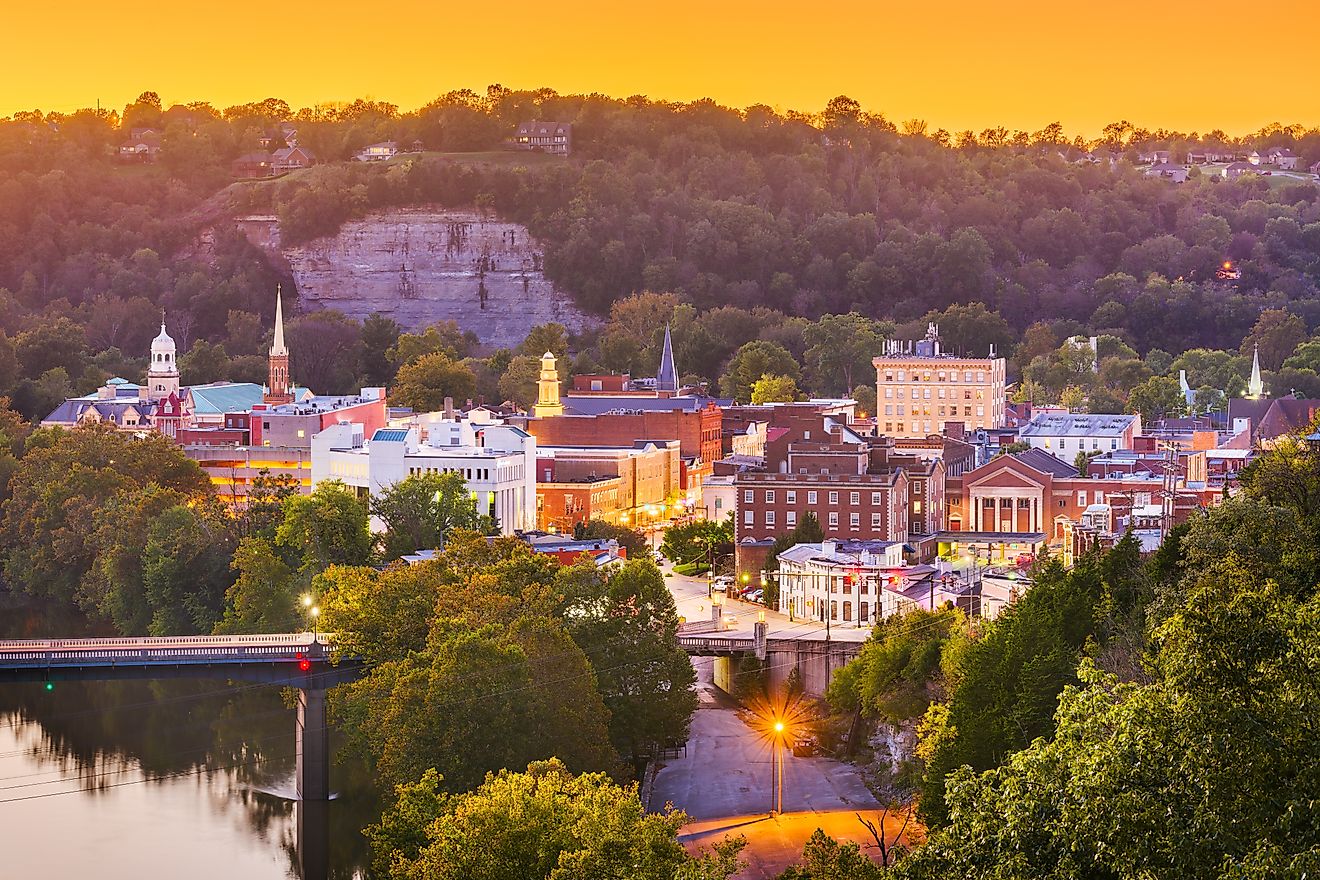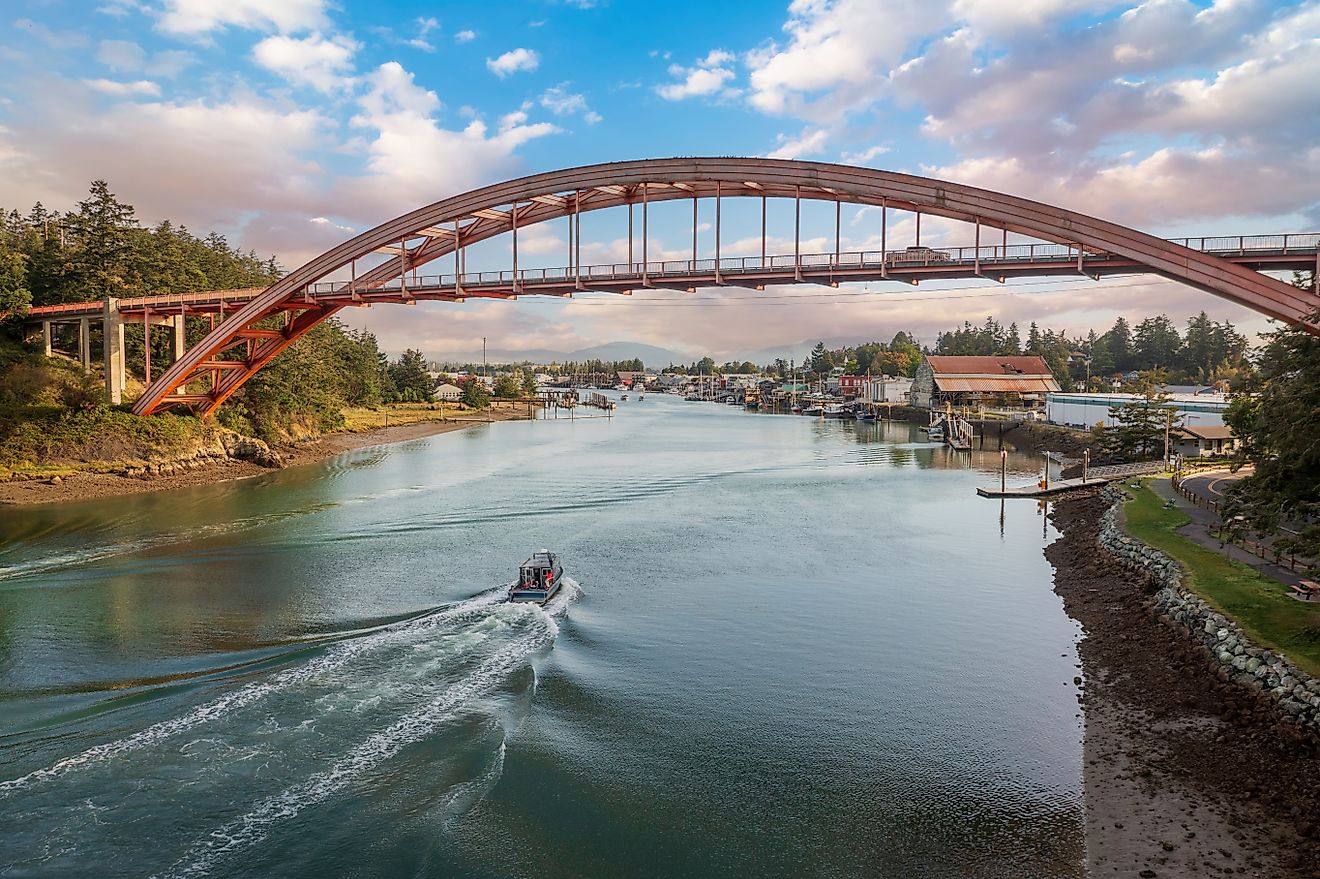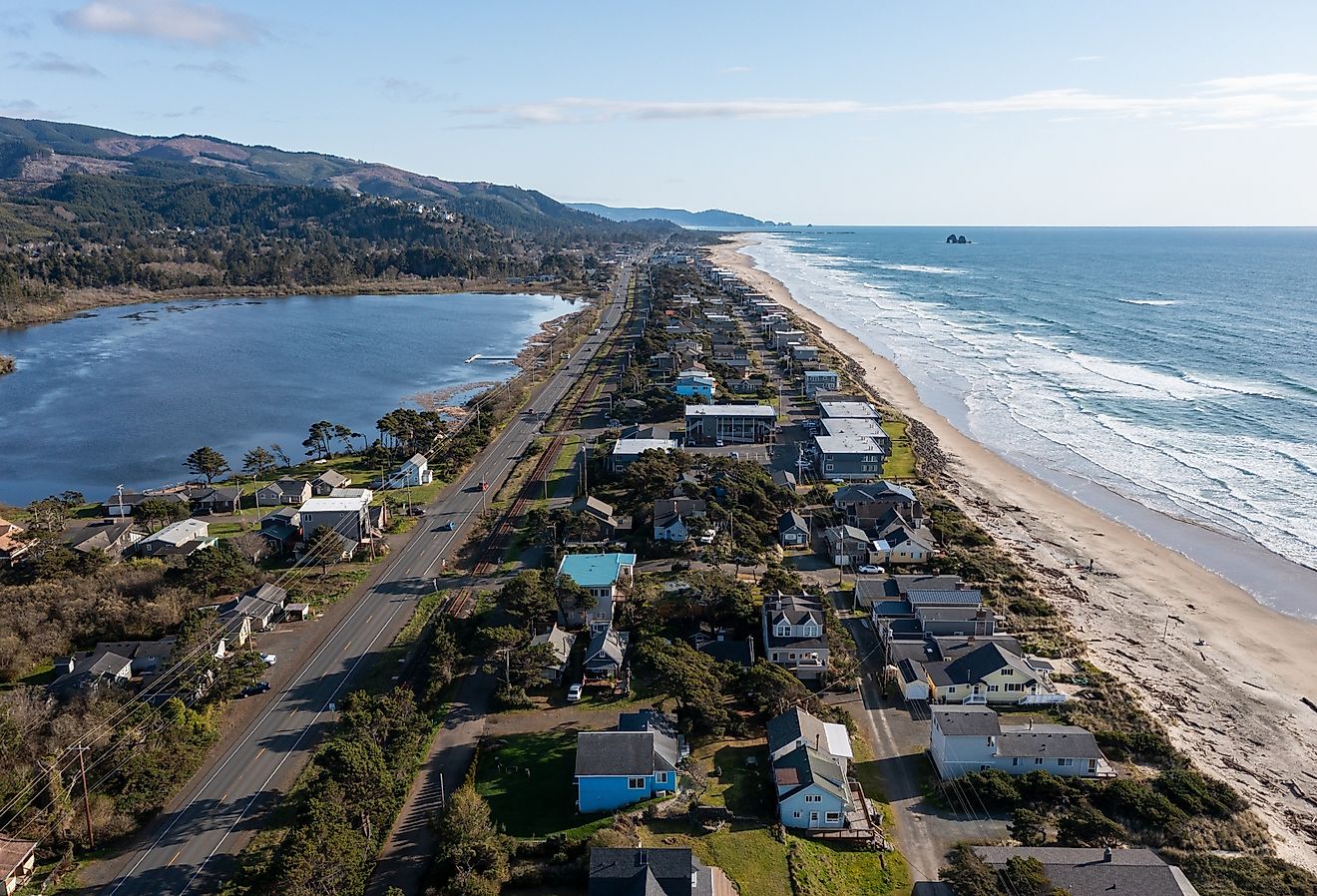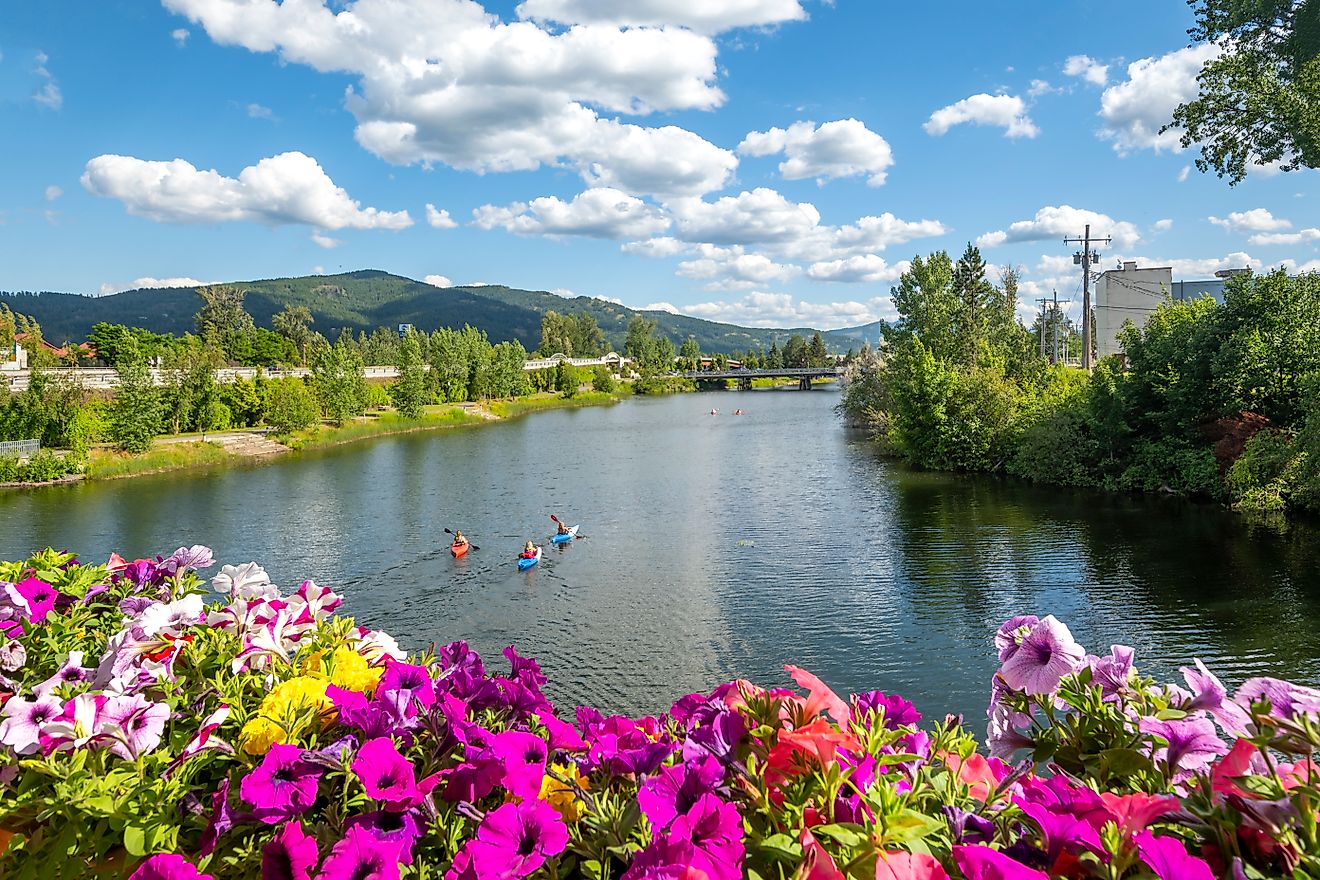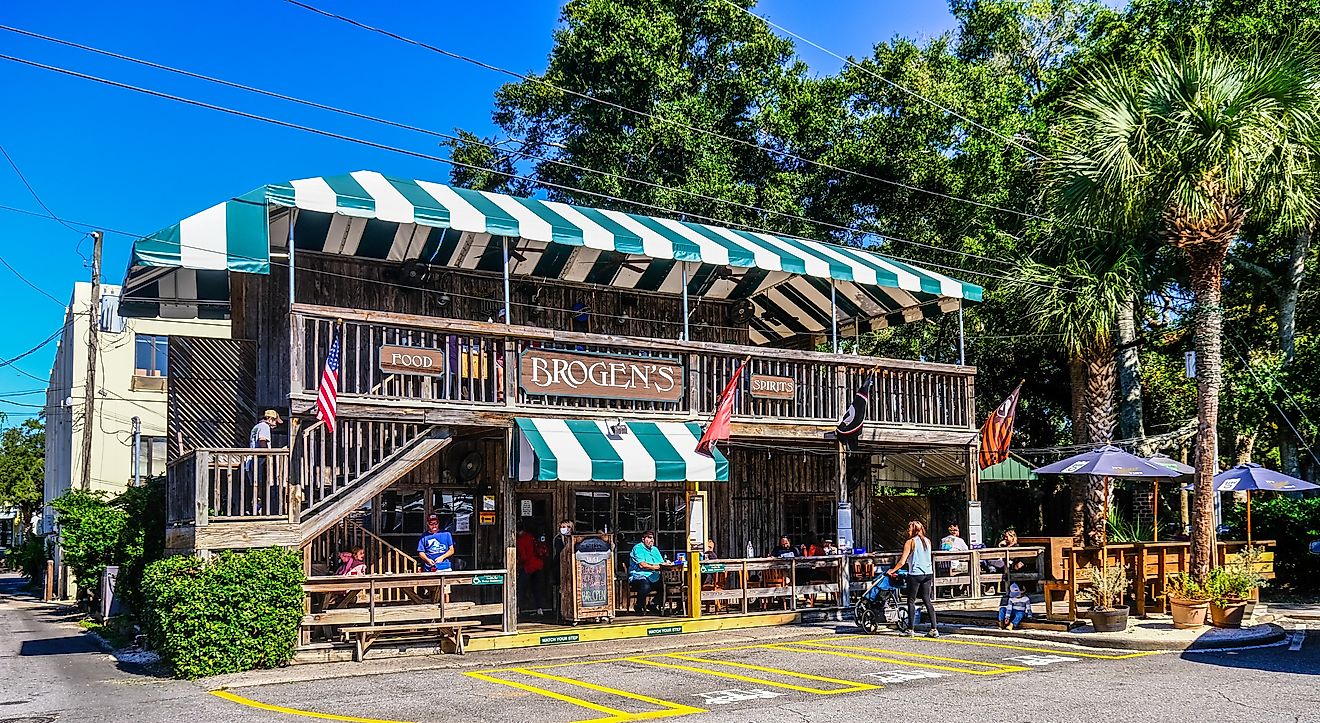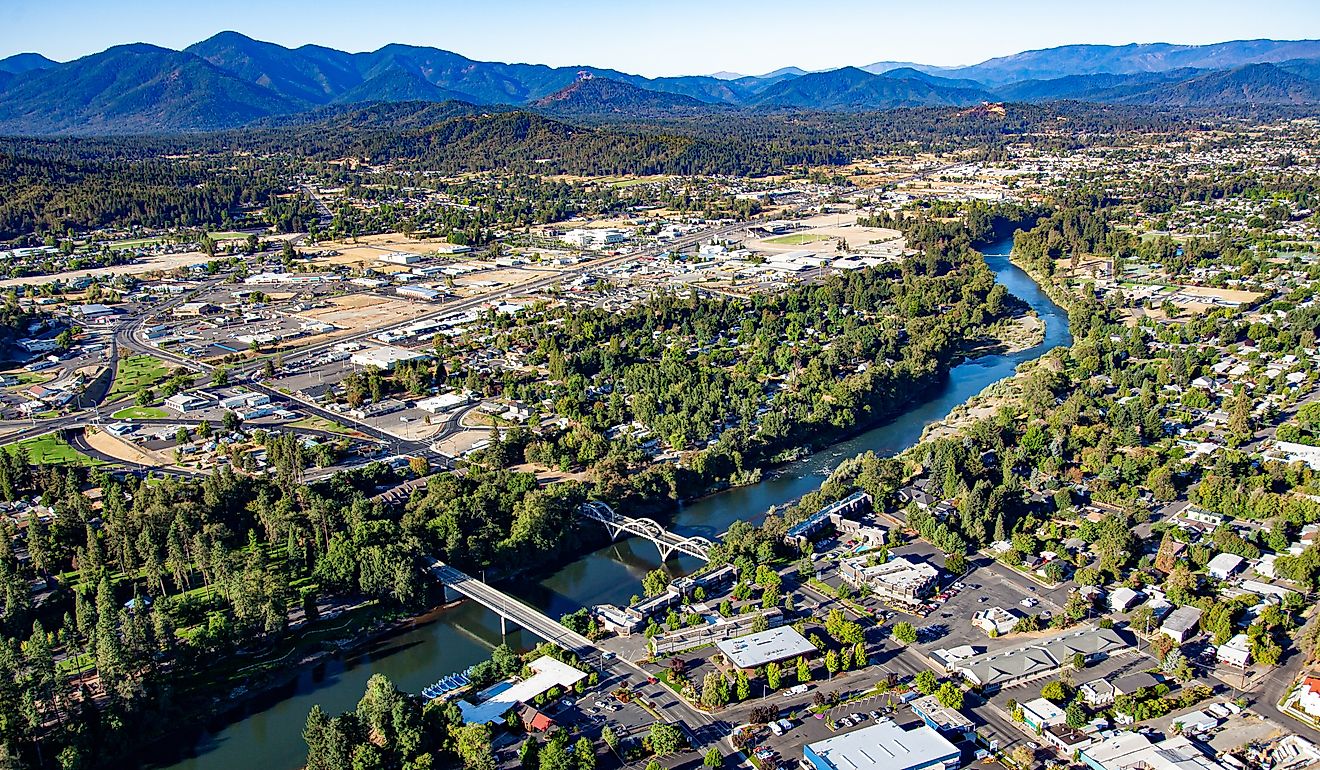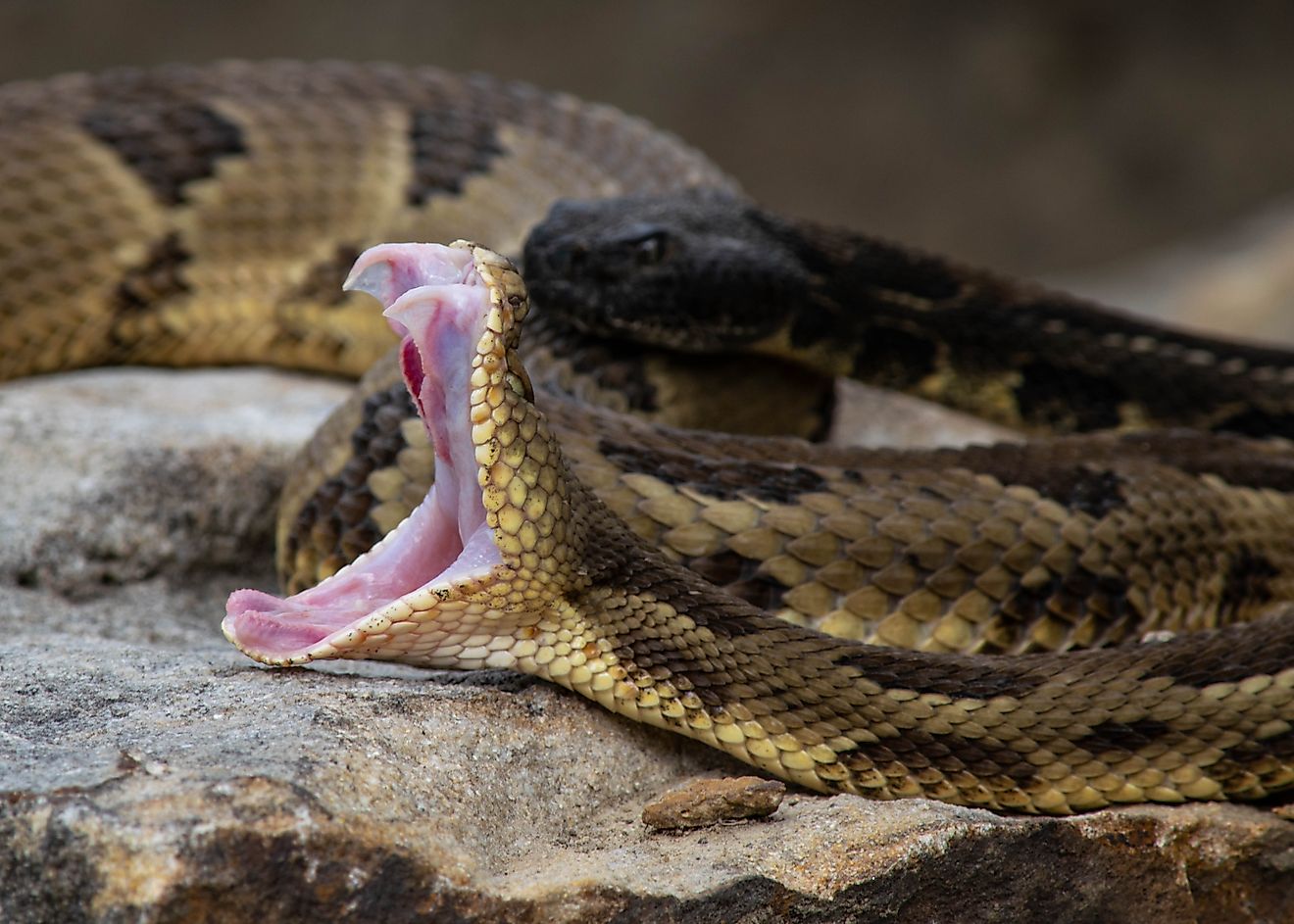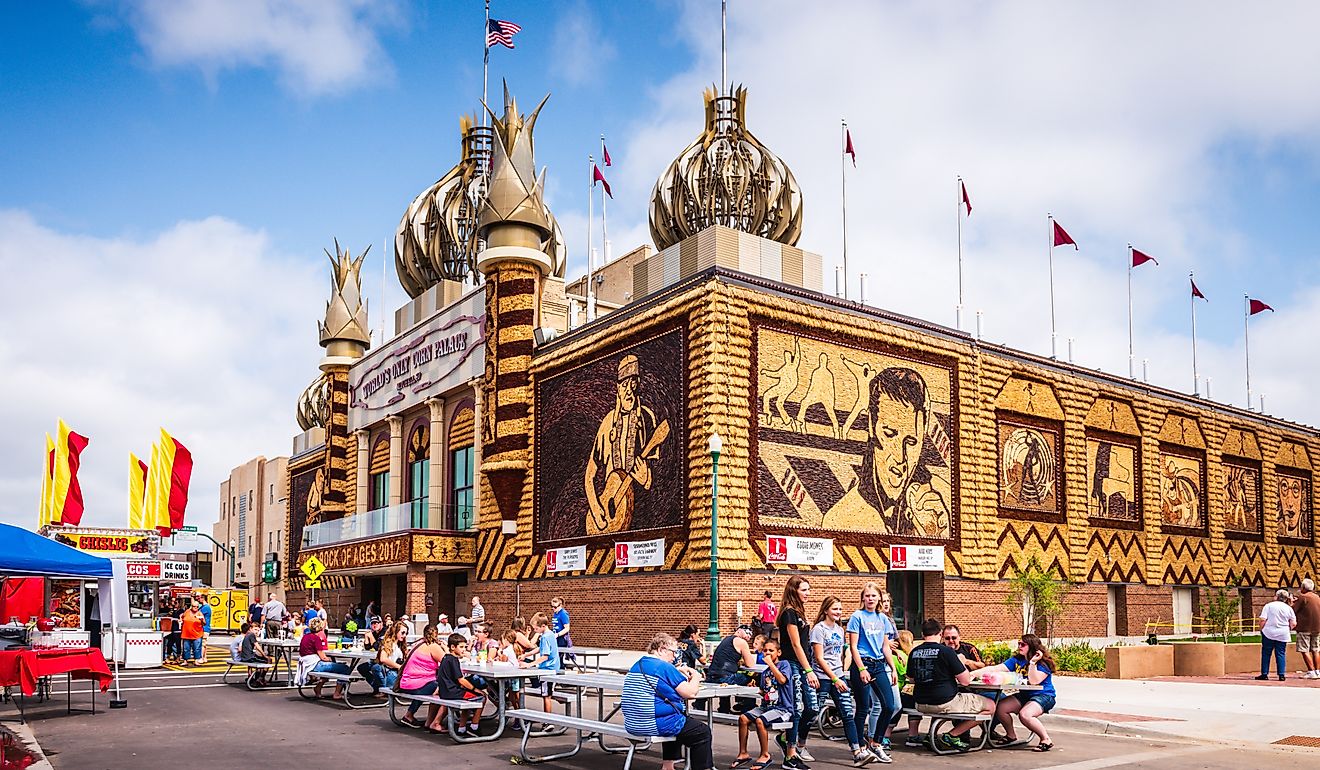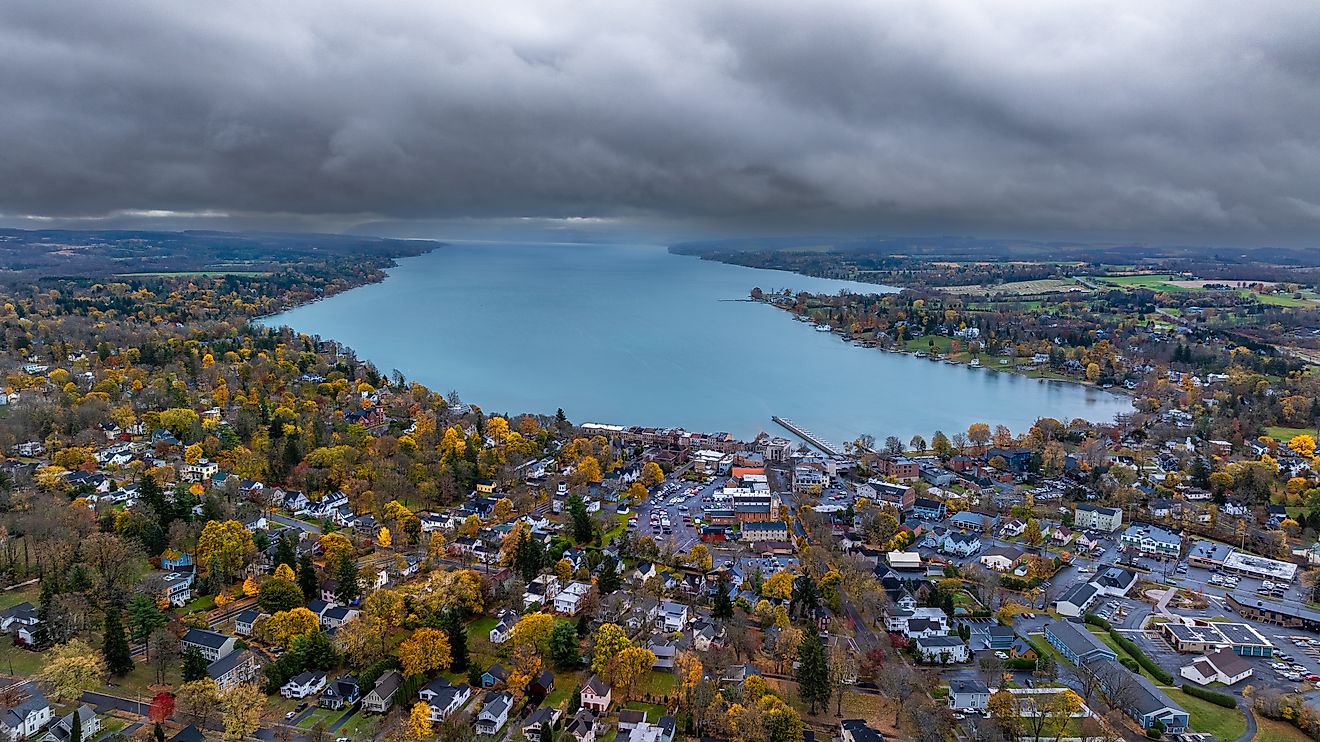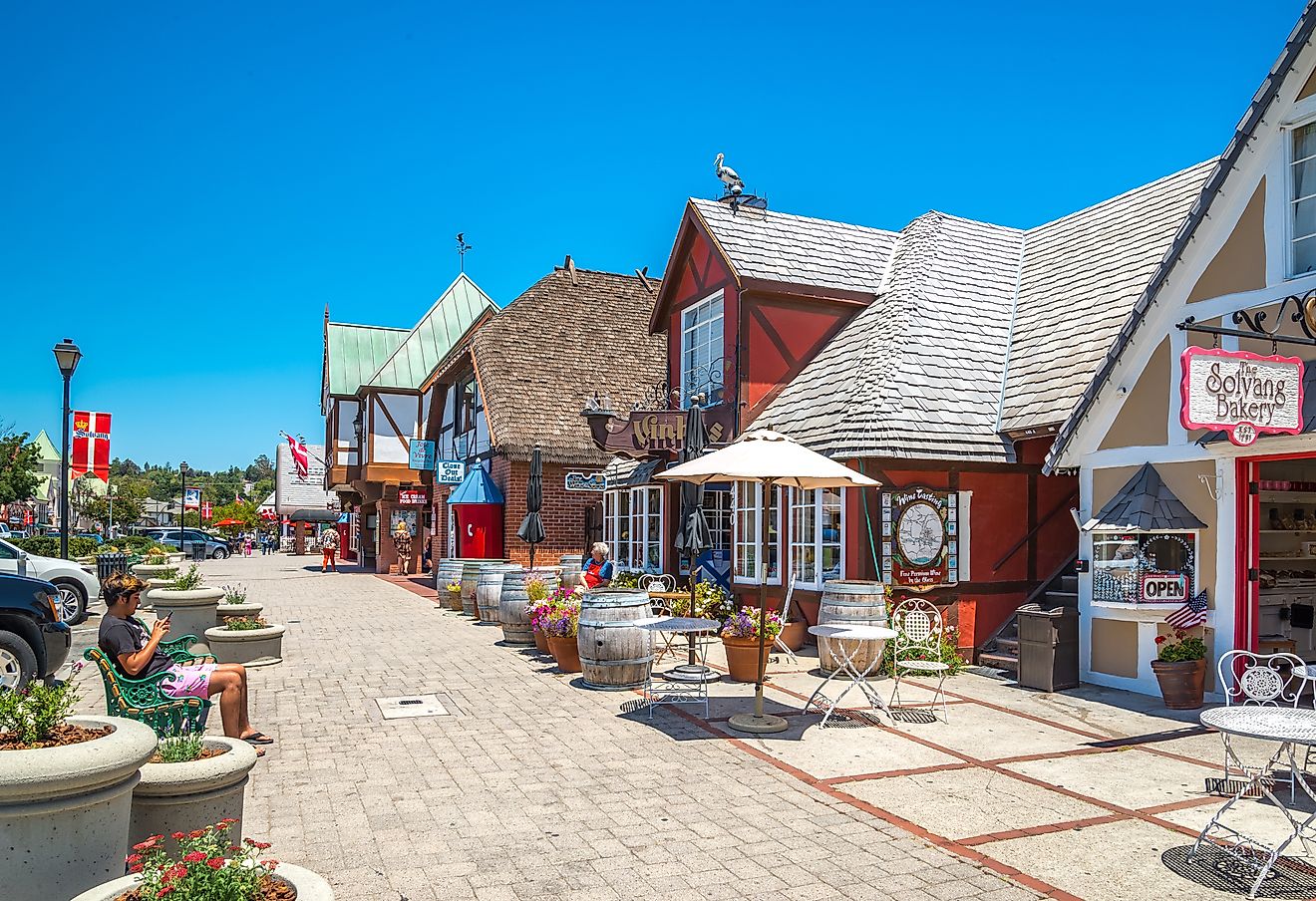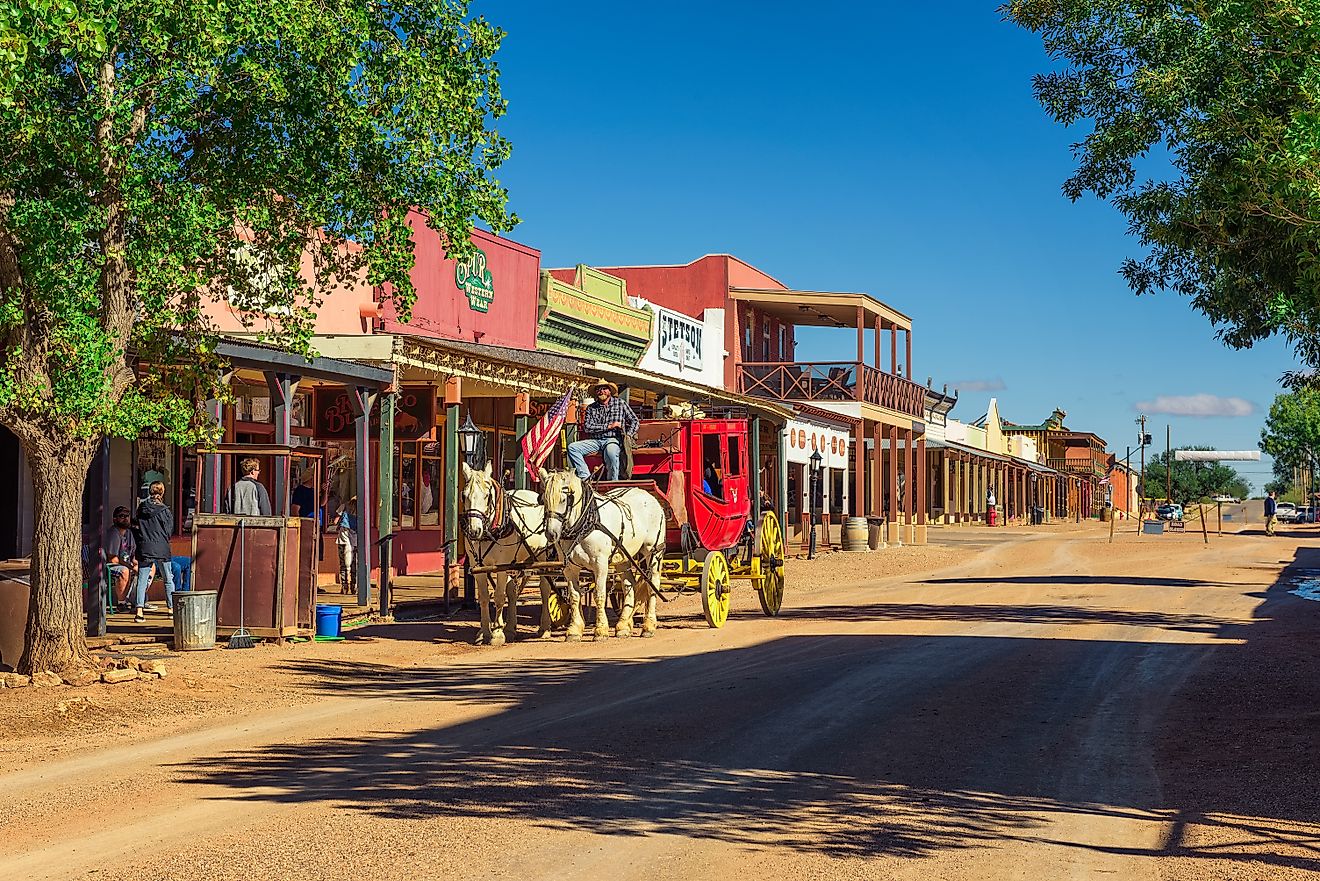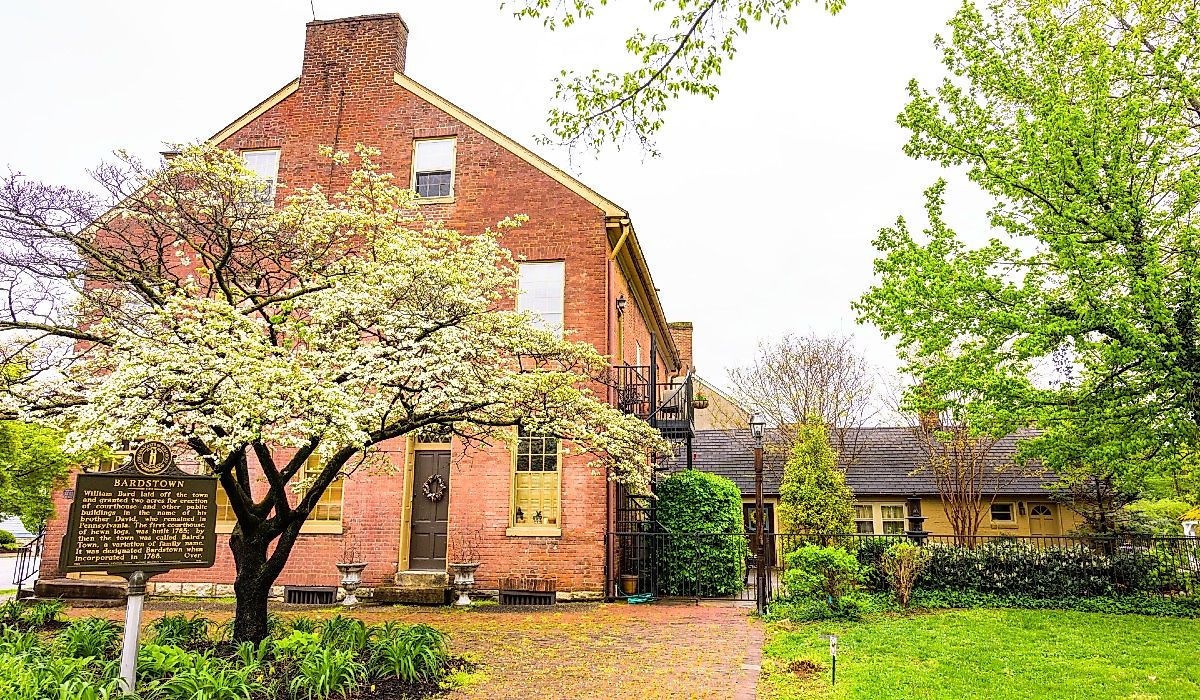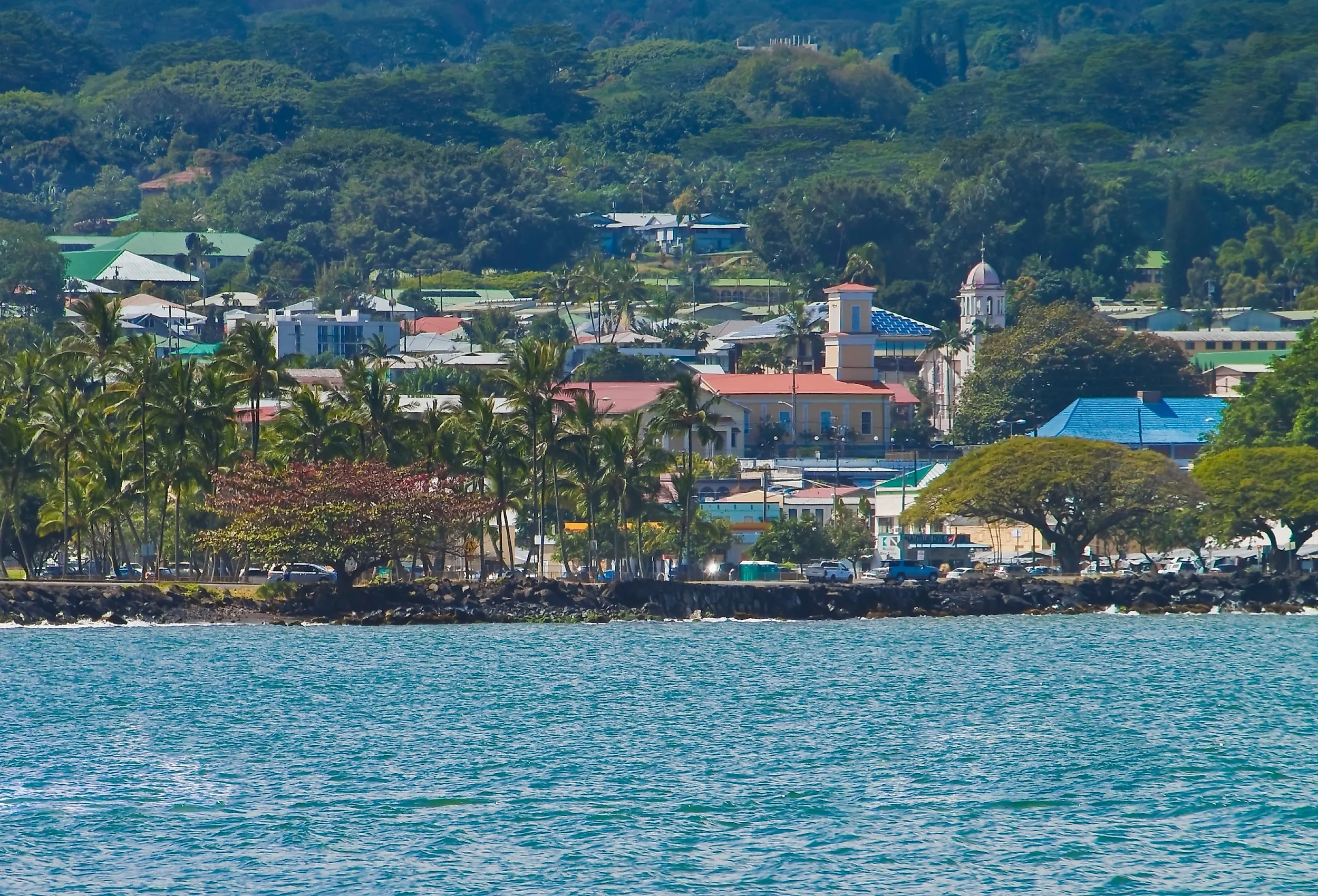
This Hawaii Town Is Older Than the State Itself
Hawaii, one of the two states not in the contiguous United States, is known for its coastal scenery and tropical tourism. As an island state made up of many volcanic islands, Hawaii abounds with unique scenery, combining massive volcanoes, sandy beaches, and lush forests. Hidden behind the beautiful cover, however, is a rich history and culture that many often overlook. First settled by Polynesians around 1,000 CE, with many chiefdoms, a plantation boom, and ending up as the last state to join the union, Hawaii is full of unique tales.
Among the many famed cities that abound with landmarks, such as the capital, Honolulu, one stands out. Hilo, a town on the Island of Hawaii, is one of the oldest towns in the state, and much older than the state itself. This town offers a slice of many periods, from plantation tales and museums to Renaissance Revival architecture in the downtown area. With its roots dating back around 1,000 years, discover more about Hilo, a scenic town older than its state.
The Plantation Tale Of Hilo
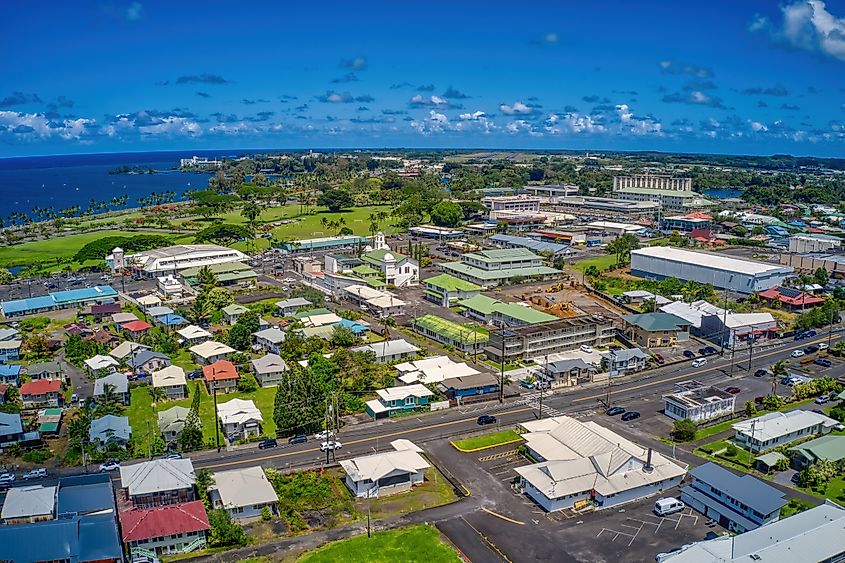
The first traces of human life in Hilo began a few years after Hawaii, and inhabitants arrived here around 1,100 CE. These settlers came from Polynesia and were drawn to the Wailuku and Wailoa rivers during this time. While little is known about the first centuries of settlement due to a lack of archaeological evidence, the bodies of water were vital for fishing and agriculture, essential factors for the community. By the 1800s, the first Christian missionaries arrived in the area now known as Hilo, marking the beginning of its modern roots. Starting from around 1822, whaling and trading ships began to arrive in the port, and people came to witness the island’s volcanoes and its strong agricultural capabilities. Soon after, the Haili Church was established, and the economy of Hilo began to shift further towards agriculture.
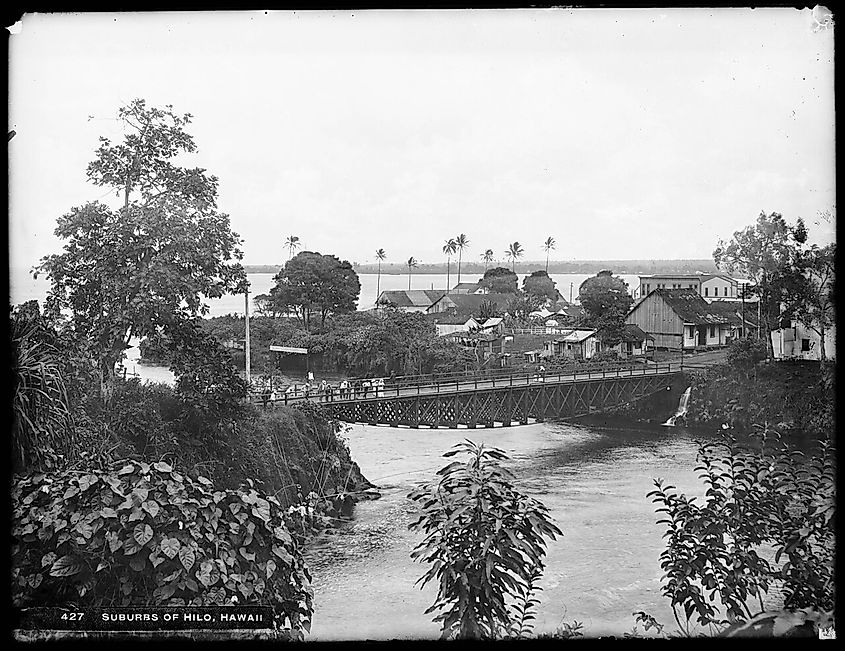
By the mid-19th century, sugar plantations had become the primary business in the region, employing over 25,000 Chinese workers on plantations throughout the island. By the late 1800s, the Hilo Sugar Mill was producing 3,500 tons of sugar per year. Things remained relatively unchanged for many decades until 1946 and 1960, when two large tsunamis ravaged the community. Hundreds of people passed away, and much of the town was damaged. Following this, Hilo began expanding inward. The community quickly grew into a town, developing galleries and historic buildings tied to both Christian and Polynesian traditions, such as the Palace Theater and numerous downtown museums.
Hilo In The 21st Century
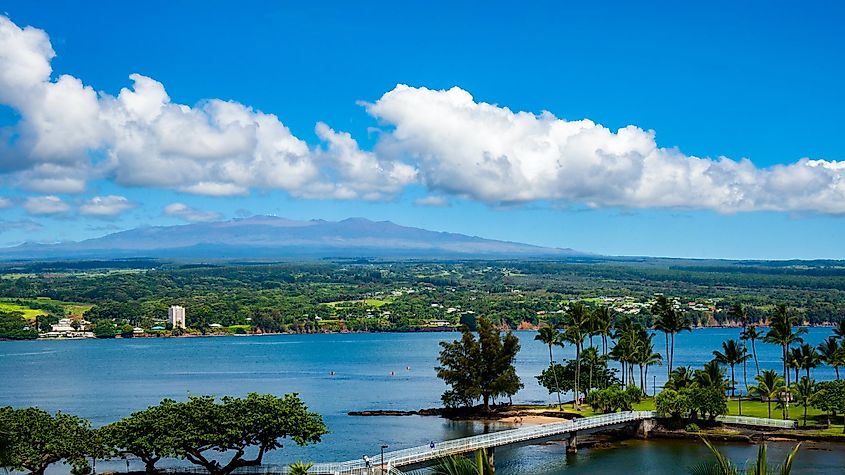
Set amidst two shield volcanoes and rich with heritage, Hilo today is a cultural hub where tourists and locals have it all. Most of the town’s sugar plantations closed in the 1990s, and the economy saw a commercial shift and strong population growth. As of 2025, Hilo is home to around 44,000 people and is the fourth-largest settlement in the state. It also houses the University of Hawaii at Hilo, promoting a strong educational environment for locals.
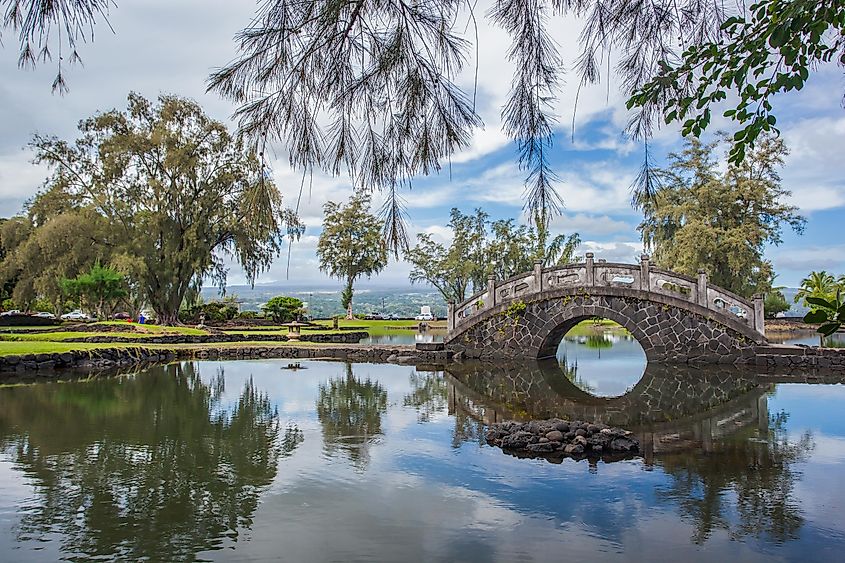
Moreover, with the expansive Hilo Bay on one side, outdoor activities are also a popular draw here. In terms of history, the town’s streets are lined with rustic buildings, from the Federal Building, United States Post Office, and Courthouse to the Hilo Masonic Lodge Hall-Bishop Trust Building, each dating back decades and showcasing unique architectural styles. Moreover, the town still has a strong agricultural base and is home to Mauna Loa Macadamia Nut Corporation, one of the world's leading producers of macadamia nuts.
Things To See and Do In Hilo
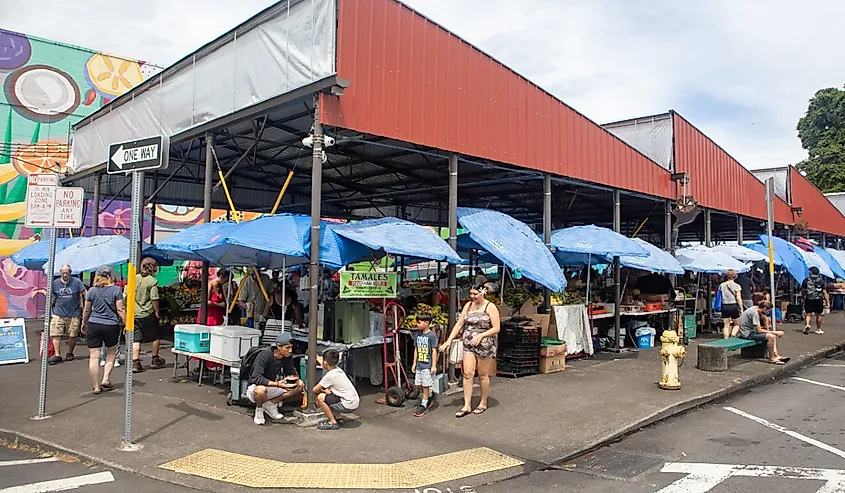
Thanks to Hilo’s unique heritage, combined with its stunning natural scenery featuring volcanoes and Hilo Bay, there are endless opportunities here. Visitors of all kinds will have something to do, whether it is exploring the outdoors or re-living the rich past of this historic town. Moreover, it is served by Hilo International Airport, making it an easily accessible destination for people across the state. The following are some of the best things to see and do in Hilo, which allow one to experience the town at its fullest.
Downtown Hilo Walking Tour
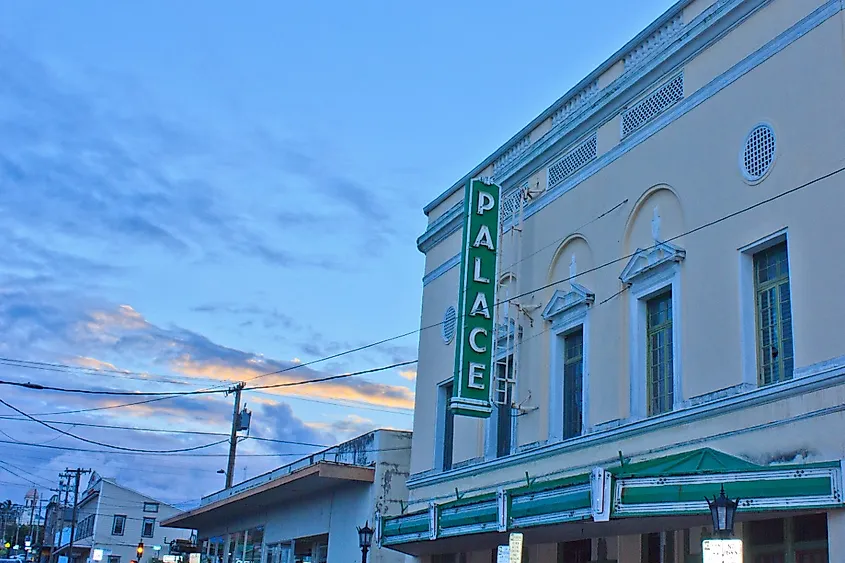
Exploring downtown Hilo is one of the best ways to experience the town’s living history. The Hilo Downtown Improvement Association’s Walking Tour takes visitors through 21 fascinating stops that reveal the town’s journey from its early Polynesian roots to the thriving community it is today.
Along the route, travelers can see landmarks such as the historic Haili Church, the elegant S. Hata Building built in the Renaissance Revival style, and the charming Art Deco Palace Theater, each reflecting a distinct era of Hilo’s past. The tour begins at Moʻoheau Park, where friendly Aloha Ambassadors share maps and insights about the area.
Lyman House Memorial Museum
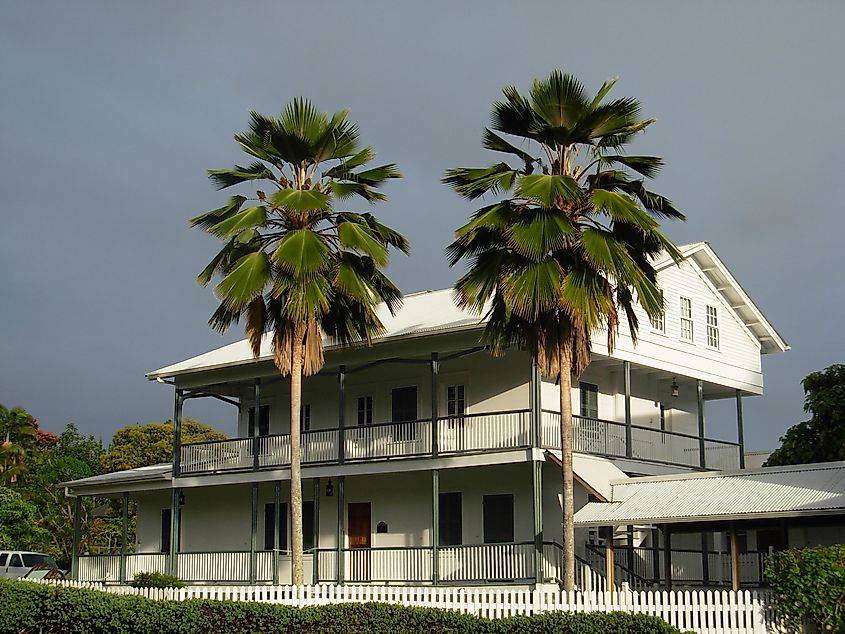
Among the many historic sites in Hilo, the Lyman House Memorial Museum stands out. This rustic mansion, built in 1838 by Reverend David Belden Lyman and his wife, was one of the first structures built in the “Cape Cod” architectural style. Native koa and ohia woods were used, and in the following decades, it housed important figures like Mark Twain and Isabella Bird.
In 1931, the home was converted into a natural history museum and has hundreds of artifacts and memorabilia. Visitors can take a guided tour of the house to understand its architecture or explore exhibits like “Japanese Women In Hawaii,” detailing the lives of Japanese-origin females in the state. The museum is also an affiliate of the Smithsonian Institute, making it a must-visit for history enthusiasts.
Merrie Monarch Festival
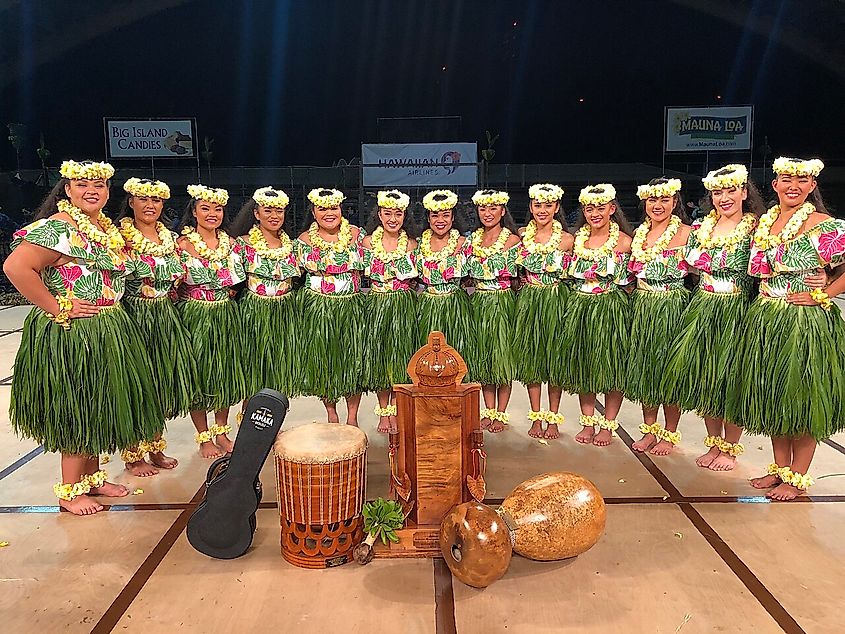
The Merrie Monarch Festival is a major event in Hilo that takes place during the week after easter. This seven-day festival, which began in 1964, commemorates the history of King David Kalākaua, known as the "Merrie Monarch" for his efforts in restoring Hawaiian culture and traditions. To this end, the event is filled with traditional acts and activities, such as the Hālau Ka Liko Pua O Kalaniākea (Kāne), Pua Aliʻi ʻIlima, and the Royal Parade, each showcasing a rich cultural heritage.
Along with the performances and competitions, there is also a multi-day Arts and Crafts Fair with locally made items, music, and food. The Merrie Monarch Festival also has its own merchandise, so be sure to grab some if you are taking part in this vibrant festival.
Akaka Falls State Park and Rainbow Falls
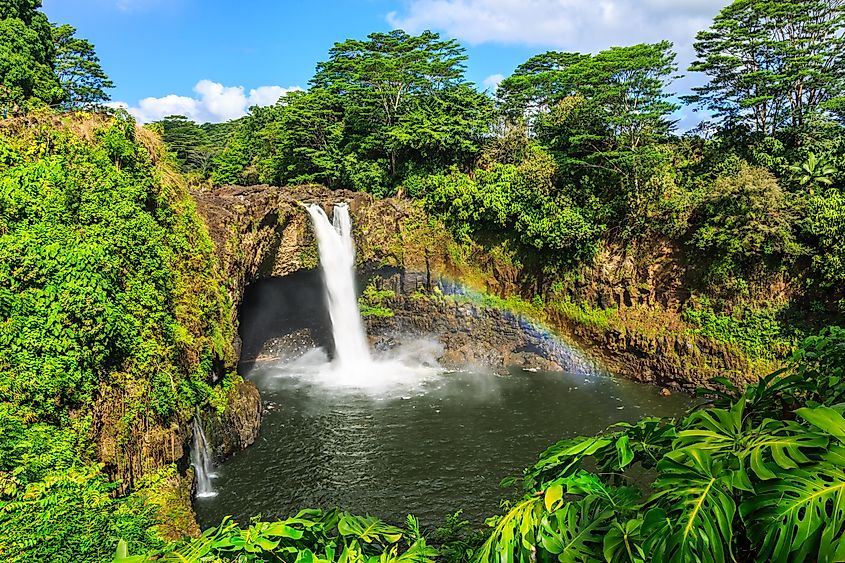
No trip to Hilo is complete without witnessing its most breathtaking natural wonders, Akaka Falls and Rainbow Falls. Located about 11 miles north of town, Akaka Falls State Park is home to the majestic 442-foot Akaka Falls, which cascades through a lush rainforest filled with orchids, bamboo, and ferns. A short loop trail leads visitors through this tropical paradise, where the sound of rushing water and birdsong fills the air.
Closer to downtown, Rainbow Falls, also known as Waiānuenue, is equally enchanting. This 80-foot waterfall gets its name from the rainbows that appear in the morning mist. Surrounded by ancient banyan trees and Hawaiian legends, it is believed to be the home of the goddess Hina. The site is easily accessible and offers one of the most serene and photogenic views in all of Hilo.
Heritage And Scenery In Hilo
Hilo is a rare gem, where Hawaii's natural beauty and cultural depth blend seamlessly. Every corner has a story to tell, from the echoes of Polynesian settlers to the hum of modern life. The town's lively festivals, historic landmarks, and lush surroundings encapsulate the energy and serenity of island life. Whether you are exploring its cascading waterfalls, strolling through its historic downtown, or celebrating its heritage through dance and music, Hilo provides an experience that is timeless, authentic, and deeply connected to the spirit of Hawaii.
